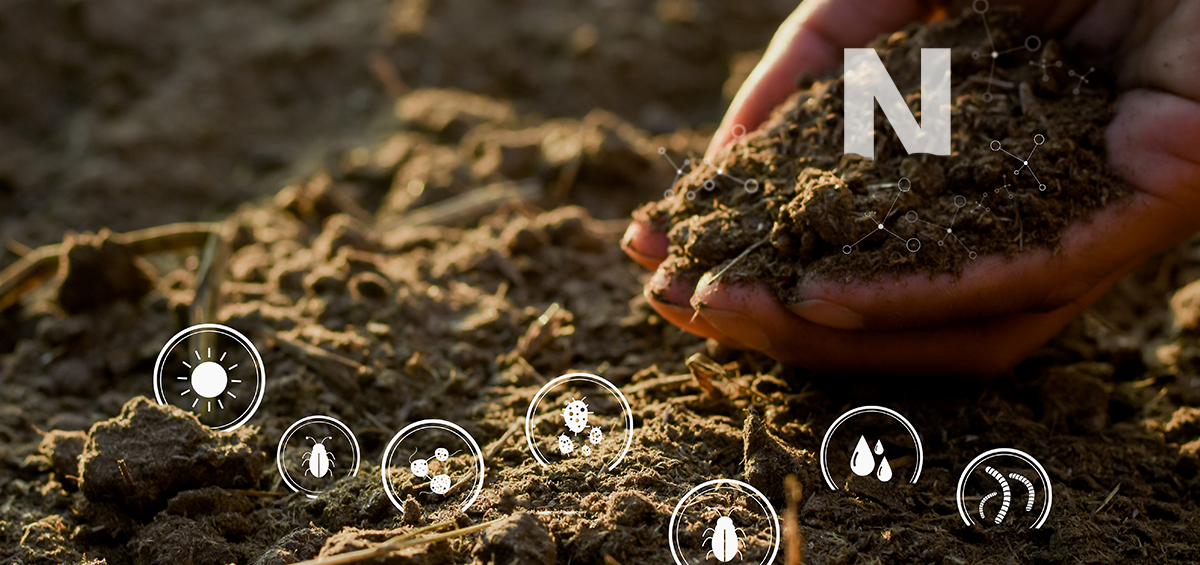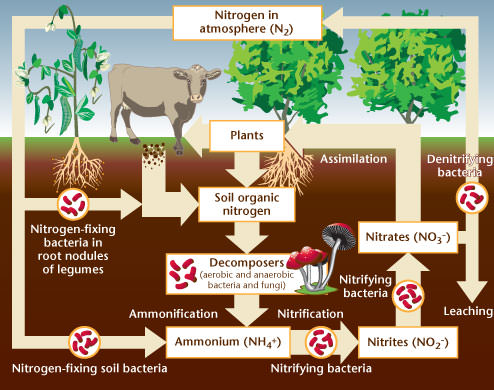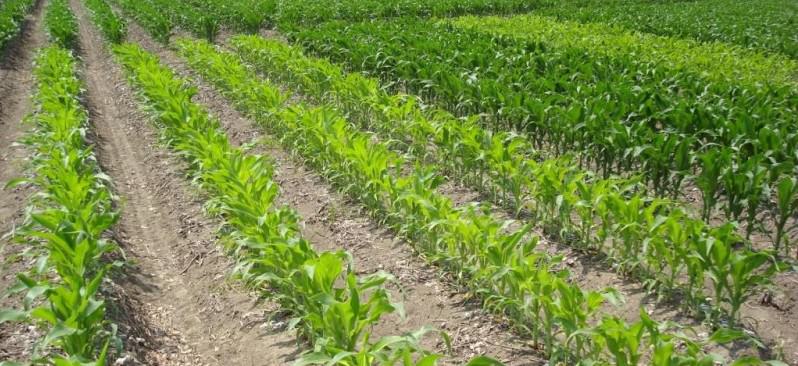Nitrogen cycle
Seeking for higher yields, farmers add various chemical and biological fertilizers to the soil. Actually, to achieve yields expected in today’s modern farming, many crops require additional N fertilization, thus making it the most limiting nutrient in crop production.
Since scientists managed to transform nitrogen gas into a digestible form of ammonia, the era of widespread fertilizer use in croplands has begun. Nitrogen has many positive effects on farm and industrial production systems, human nutrition and food security. Without it, plants are weaker and smaller.
Although nitrogen is crucial for plant growth, farmers need to be very careful when applying nitrogen into the soil. It can be easy lost to the environment due volatilization, denitrification, leaching due to excessive rainfall, evaporation and lost by runoff. Losses influence the ecosystem, soil characteristics, cropping pattern, fertilizer techniques and overall farm production management.
Partially nitrogen deficiency due to leaching
Low nitrogen recovery is responsible for higher crop production costs and environmental pollution as well, so farmers are working on improvements of nitrogen use efficiency. To do that, they need to follow management and conservation practices in their farm production such as;
- Soil and plant testing which allows the farmer to know available nitrogen amount in the soil made by mineralization of soil organic nitrogen, legumes, manures and organic waste, so that he can determine how much nitrogen to add
- Match nitrogen supply with crop demand – the most effective management practice to maximize plant uptake and minimize nitrogen loses. During the growing season, nitrogen fertilizers are applied several times in small amounts, to be more effective to plants.
- Placement of nitrogen fertilizers beneath soil surface decreases ammonia volatilization and increases recovery of nitrogen fertilizer up to 30 %
- Matching fertilizer type with soil condition reduces nitrogen losses. For example, in soils where ammonia volatilization is the main loss, ammonium nitrate fertilizers are used instead of Urea
- Foliar application of nitrogen fertilizers as alternative of nitrogen applying when plants show signs of nitrogen deficiencies
- Balanced nutrition effects nitrogen use efficiency and crop yield. A deficiency of any essential plant nutrient affects the absorption and function of nitrogen
- Water status in the soil – application of water through irrigation in optimum rates increases nitrogen uptake and reduces leaching of nitrates
There are many ways how a farmer can improve nitrogen efficiency use. Knowing soil characteristics and crop demands are essential for proper nitrogen management in the soil.
Besides following management practices of nitrogen use efficiency, farmers also want to know cost effectiveness of applied fertilizers. AGRIVI farm management software helps them track spent quantities of all fertilizers per fields and crop productions, with related cost. It gives them also an insight on used quantities of each nutrient per fertilizers, crop productions and fields. With only one click, they can see which field is higher or lower in fertilizers and related nutrients.
Manage your farm properly by tracking its profitability with AGRIVI system.






